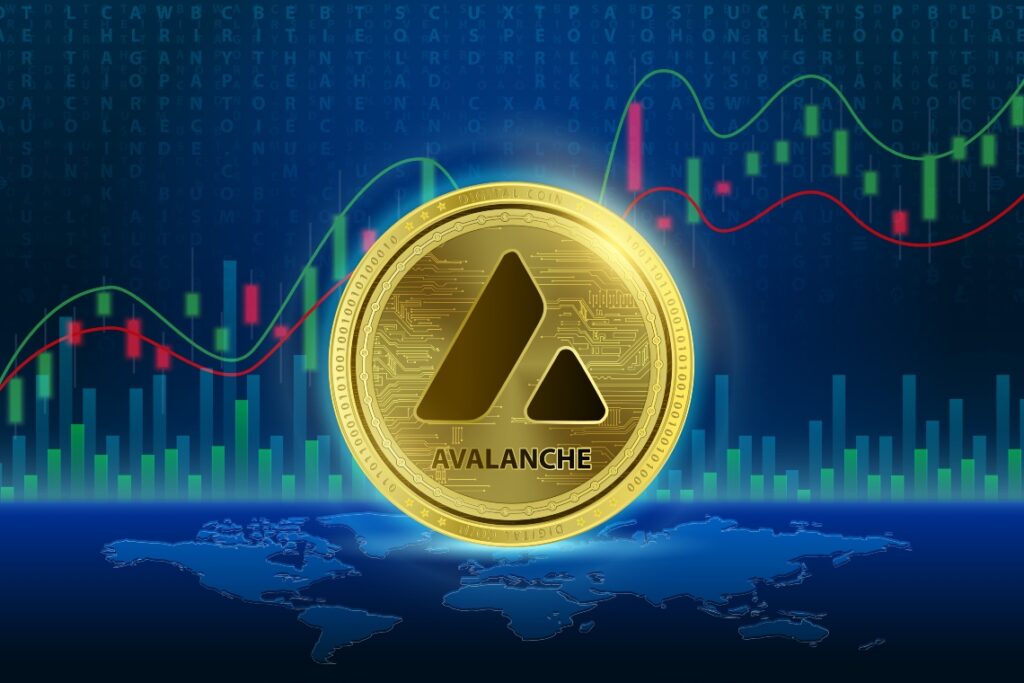Scaling problems for Ethereum? Ever caught wind of the surge of ETH rivals? If you’re into digital currency or decentralization in general, chances are you’ve come across Ethereum.
You might have even thought about converting your USD to BTC as part of your investment strategy.
Ethereum might stand as the second most well-liked digital currency based on market value, but troubles with scaling have created an opening for competition in the realm of smart contracts.
Ethereum has many people working on it, using it, and building things with it. However, there’s a problem — transactions on ETH are expensive and take a long time to complete. This has led many projects to look for other systems to run their smart contracts.
Now, let’s talk about EOS, called the “Ethereum killer” because it aims to do what Ether does, but maybe better. There are other systems like this too.
What’s been happening with EOS and these other Ethereum competitors lately? What might happen in the future with digital contracts? Let’s find out!
EOS: Defining the Ethereum Killer

Source: tarlogic.com
EOS is a blockchain system for crafting decentralized apps (dApps). This whole EOS system came to be thanks to a company named Block.one and kicked off in June 2018.
EOS was built to act like a decentralized operating system to back up large-scale, business-level dApps. Delegated proof-of-stake (DPoS) is an EOS consensus technique to establish agreements and complete activities quickly and affordably.
Moreover, EOS has capabilities that make it easier for developers to create and publish decentralized apps (dApps). These characteristics include a user-friendly interface for engaging with the blockchain and support for contracts that resemble digital contracts.
Polkadot

Source: academy.binance.com
Polkadot gives you an excellent opportunity to transfer data and values through other networks that are not capable of data and value transfers if they are used solely. It’s designed to be fast as well as scalable. In particular, the so-called parachains (aka parallel blockchains) make Polkadot very scalable.
Polkadot outperforms the Ethereum blockchain in terms of the number of transactions per second. The Polkadot network can handle 1000 transactions each second, while the Ethereum blockchain can only cope with 15 transactions each second.
Solana
The Solana blockchain goes even further. It is capable of handling 50,000 transactions every second. It’s decentralized and extremely scalable. Proof-of-history is one of the key features of the Solana blockchain. At the same time, Proof-of-stake is also available in the Solana blockchain. One more advantage of Solana over Ethereum is that it allows lower fees for transactions.
Cardano

Source: solodev.com
Cardano is considered to be the 3rd generation of the blockchain. It is designed to improve security, energy efficiency, and scalability. Thanks to its unique mechanism called Ouroboros, Cardano can significantly reduce the energy resources needed for processing transactions. It makes it extremely energy-efficient.
Algorand
Algorand uses the randomness approach to resolve the so-called blockchain trilemma (decentralization, scalability, security). The Algorand blockchain is based on the consensus mechanism that runs without permissions. It supports the pure proof-of-stake algo.
Avalanche

Source: en.cryptonomist.ch
Avalanche is a smart contracts platform that is open and programmable. Avalanche can be used in DeFi and NFTs. AVAX is the Avalanche’s token. The Avalanche blockchain is capable of processing 4,500 transactions each second. Also, developers can use Avalanche to build the so-called “subnets” (custom public or private blockchains).
Conclusion
As the crypto landscape continues to evolve, many people are looking for alternatives to Ethereum due to its scaling issues. Some traders are even considering checking USDT ERC20 price and converting their assets to USDT as a more stable investment. While Ethereum has its merits, the rise of these “Ethereum killers” means that the blockchain world is far from settling on a one-size-fits-all solution.



